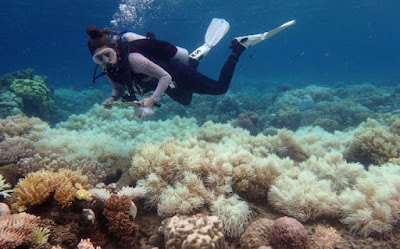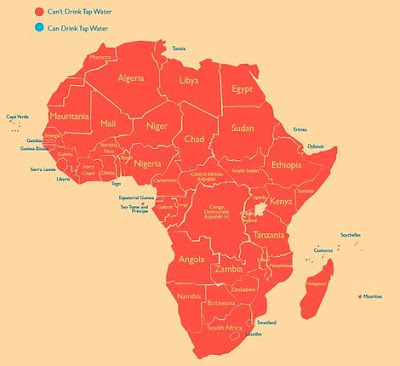Jetstar
is desperately working to get its planes back in the air after
engineering issues forced the company to ground almost half of its
fleet, leaving thousands of Australians stranded overseas.
The
budget airline confirmed that, by the end of Tuesday, four of its 11
long haul Boeing 787 Dreamliners would be grounded to undergo emergency
repairs.
One plane will return to service later this week with
two more 787s to take to the skies next week, leaving only one plane out
of operation.
A Jetstar spokesperson told Daily Mail Australia
the fleet had been impacted by ‘a number of issues’, including a
lightning strike, a collision with a bird, damage from an item on the
runway and issues sourcing a part from the US.
‘The team is
working hard to return these aircraft to service as quickly as possible
however, safety remains our first priority,’ they said.
It’s
understood more than 4,000 passengers have spent extra time in Bali
after seeing their return flights with Jetstar either cancelled or
delayed. For the latest stories follow Bangkok Jack News on Twitter.
Some
of those passengers were forced to wait up to five days to be put on
another flight while others paid thousands of dollars to travel home
with a different airline.
One woman from Melbourne, Meagan
Mulder, said she, her husband and their two kids had a seven-hour delay
in getting home, but the situation was much worse for the friends they’d
travelled with around the Indonesian country.
‘We had 12 friends
who were on the midnight flight (on Sunday) night, they had their
flight cancelled, they can’t get another flight anywhere for seven
people until Friday this week, so they’ve had to get more accommodation
and everything,’ she told NCA Newswire.
Other friends she knew ended up spending $10,000 to fly via Kuala Lumpur with another airline.
Similar
issues have been seen in Thailand with one woman from Brisbane due to
fly home with her husband and two kids from Phuket on Saturday night
only to find out their flight had been cancelled.
The family was
told the next available flight was on September 12 – nine days after
their original return trip, the Sydney Morning Herald reported.
For those stranded overseas, passengers will be given $150 per hotel room by Jetstar and $30 per person for food.
‘Our
teams are working hard to get passengers on their way as soon as
possible – we are putting on five special services to bring people home
and booking seats on Qantas flights also,’ a Jetstar spokesperson said.
Flight credits or refunds have also been offered.
Source - BangkokJack
YOUR AFFILIATE LINK HERE



















